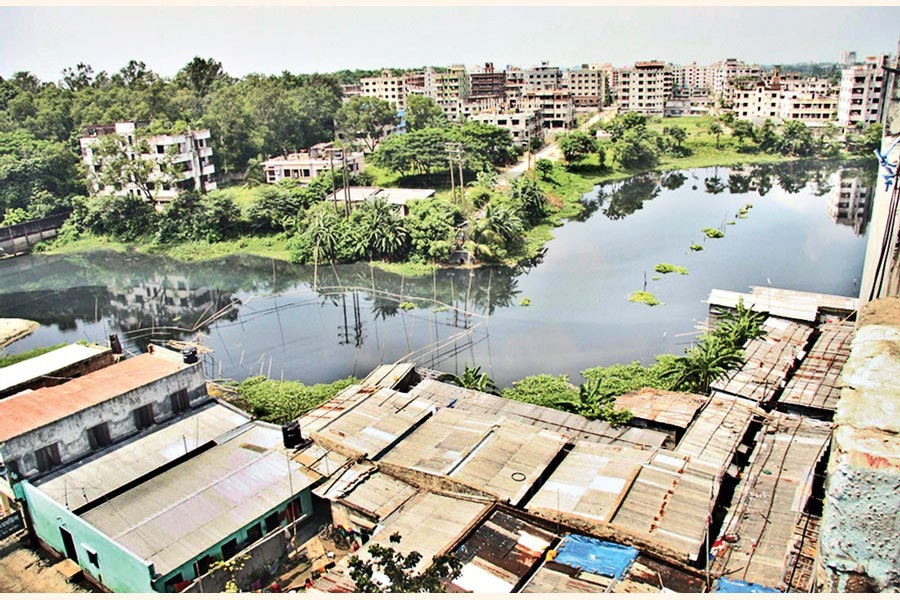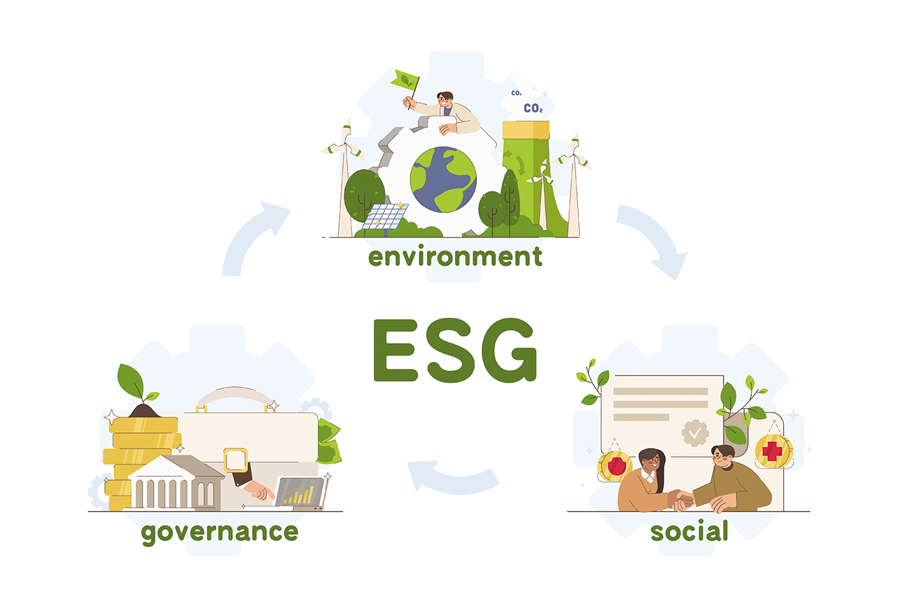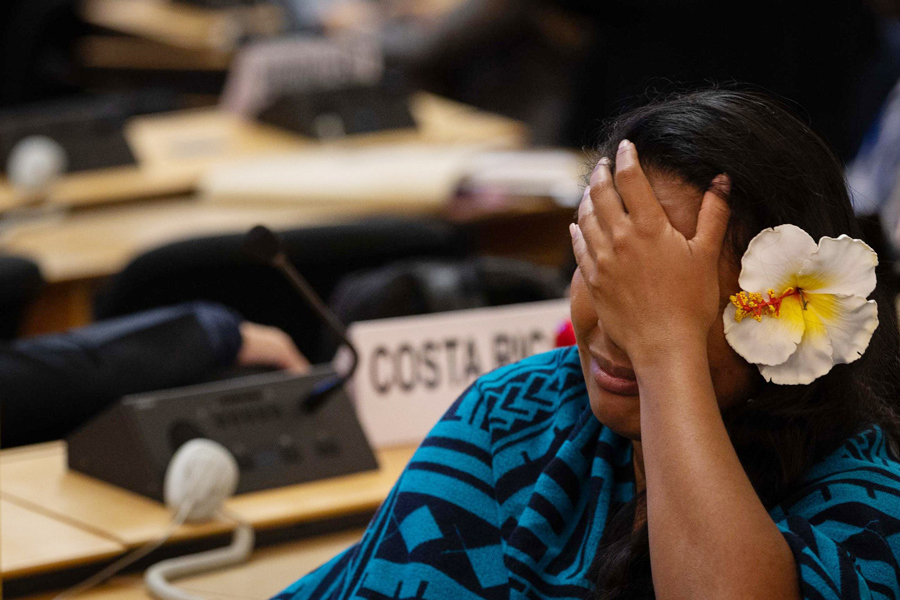Saif
Senior Member
- Joined
- Jan 24, 2024
- Messages
- 15,424
- Nation

- Axis Group


‘If tiger survives, Sundarbans will survive’
Today, 29 July is World Tiger Day. This year, Bangladesh has chosen the theme: “Increase in Tiger Population, Prosperity of the Sundarbans.” The tiger is Bangladesh’s national animal. Our national cricket team is famously known as the “Tigers,” and the East Bengal Regiment of the Bangladesh...
World Tiger Day
‘If tiger survives, Sundarbans will survive’
The Sundarbans is now the last refuge for wild tigers in Bangladesh. Their primary prey is the spotted deer.
Md Anwarul Islam
Published: 29 Jul 2025, 08: 15

A Royal Bengal Tiger at the Sundarbans File photo
Today, 29 July, is World Tiger Day. This year, Bangladesh has chosen the theme: “Increase in Tiger Population, Prosperity of the Sundarbans.”
The tiger is Bangladesh’s national animal. Our national cricket team is famously known as the “Tigers,” and the East Bengal Regiment of the Bangladesh Army bears the tiger in its logo. For these reasons, Bangladesh observes this day with significance.
According to national tiger census data, Bangladesh recorded 106 tigers in 2015, 114 in 2018, and 125 in the most recent 2024 survey. Despite facing numerous threats, the tiger population in Bangladesh is increasing — a hopeful sign. For this, we must express our gratitude to the forest department and the local communities of the Sundarbans.
The Sundarbans is now the last refuge for wild tigers in Bangladesh. Their primary prey is the spotted deer.
According to tiger experts, shortages of deer pose a greater threat to tigers than direct poaching, because without enough food, tigers become weak, lose their immunity, and human-tiger conflict increases.
On 17 July, I saw a news report where members of the Gyanpara patrol outpost in the Sharankhola Range of the Eastern Sundarbans arrested two people on a passenger bus carrying 10 kilograms of venison. In a photo, the sack was labeled with the recipient’s name, phone number, and destination in Dhaka.
Despite the sincere efforts of the forest department, deer poaching in the Sundarbans will not stop as long as demand exists elsewhere. Yet, when blame is placed, it almost always falls on the forest department — never on the consumers.
Currently, there are many deer farms in the country. The main argument in favour of farming deer was that it would reduce pressure on wild deer populations in the forests. However, I do not know any scientific reason why deer farms still exist and are increasing in number here.
A friend recently told me that some wealthy people wanted this to happen. But no one would dare to keep live deer brought from the Sundarbans on their farms. I couldn’t tell my friend that around 2012, three tiger cubs from the Sundarbans were smuggled into Dhaka. Friends in the Forest Department’s Crime Control Unit surely know well what is happening to other endangered species. We all need to take responsibility. In India, wildlife farming is banned.
A survey showed that over 90 per cent of people living around the Sundarbans know that hunting deer and consuming deer meat is illegal.
Yet they continue this practice because deer meat is often cheaper than other meats. This is because the sellers do not have to pay to buy the deer, unlike other livestock which must be purchased before selling. In Vietnam, serving wild animal meat to guests used to be a symbol of prestige. As a result, Vietnam lost its last wild tiger around the year 2000.
Many people believe that the deer population in the Sundarbans is increasing significantly and that even if a few are hunted, they will not disappear. For their information, there was a species of pigeon in North America called the Passenger Pigeon, whose population once numbered between 3 to 5 billion. When they flew in flocks, the sky looked darkened by their numbers. However, due to habitat destruction and uncontrolled hunting, this species became extinct within just 100 years.
The tiger is a keystone species for the Sundarbans. If the tiger survives, the Sundarbans’ ecosystem and biodiversity will naturally be preserved, and the Sundarbans itself will survive. The local people consider the Sundarbans like a mother—it protects them from storms and floods, saves lives, and provides food. According to them, if the tiger survives, the Sundarbans will survive, and if the Sundarbans survives, Bangladesh will survive.
With the cooperation of the Forest Department and WildTeam, 450 volunteers from the villages surrounding the Sundarbans are tirelessly working to conserve the tiger. Members of the Village Tiger Response Team, tiger friends, and tiger scouts are our social capital.
The theme of Tiger Day gives me hope. The number of tigers indicates the health of the Sundarbans. If the Sundarbans is healthy, our mental health will also improve. This will also affect our national happiness index. This idea of measuring overall national happiness and wellbeing has come from Bhutan. They also view the increase in tiger numbers as growth in the national happiness index. Bangladesh has now taken a step on this hopeful ‘Silk Road’.
‘If tiger survives, Sundarbans will survive’
The Sundarbans is now the last refuge for wild tigers in Bangladesh. Their primary prey is the spotted deer.
Md Anwarul Islam
Published: 29 Jul 2025, 08: 15
A Royal Bengal Tiger at the Sundarbans File photo
Today, 29 July, is World Tiger Day. This year, Bangladesh has chosen the theme: “Increase in Tiger Population, Prosperity of the Sundarbans.”
The tiger is Bangladesh’s national animal. Our national cricket team is famously known as the “Tigers,” and the East Bengal Regiment of the Bangladesh Army bears the tiger in its logo. For these reasons, Bangladesh observes this day with significance.
According to national tiger census data, Bangladesh recorded 106 tigers in 2015, 114 in 2018, and 125 in the most recent 2024 survey. Despite facing numerous threats, the tiger population in Bangladesh is increasing — a hopeful sign. For this, we must express our gratitude to the forest department and the local communities of the Sundarbans.
The Sundarbans is now the last refuge for wild tigers in Bangladesh. Their primary prey is the spotted deer.
According to tiger experts, shortages of deer pose a greater threat to tigers than direct poaching, because without enough food, tigers become weak, lose their immunity, and human-tiger conflict increases.
On 17 July, I saw a news report where members of the Gyanpara patrol outpost in the Sharankhola Range of the Eastern Sundarbans arrested two people on a passenger bus carrying 10 kilograms of venison. In a photo, the sack was labeled with the recipient’s name, phone number, and destination in Dhaka.
Despite the sincere efforts of the forest department, deer poaching in the Sundarbans will not stop as long as demand exists elsewhere. Yet, when blame is placed, it almost always falls on the forest department — never on the consumers.
Currently, there are many deer farms in the country. The main argument in favour of farming deer was that it would reduce pressure on wild deer populations in the forests. However, I do not know any scientific reason why deer farms still exist and are increasing in number here.
A friend recently told me that some wealthy people wanted this to happen. But no one would dare to keep live deer brought from the Sundarbans on their farms. I couldn’t tell my friend that around 2012, three tiger cubs from the Sundarbans were smuggled into Dhaka. Friends in the Forest Department’s Crime Control Unit surely know well what is happening to other endangered species. We all need to take responsibility. In India, wildlife farming is banned.
A survey showed that over 90 per cent of people living around the Sundarbans know that hunting deer and consuming deer meat is illegal.
Yet they continue this practice because deer meat is often cheaper than other meats. This is because the sellers do not have to pay to buy the deer, unlike other livestock which must be purchased before selling. In Vietnam, serving wild animal meat to guests used to be a symbol of prestige. As a result, Vietnam lost its last wild tiger around the year 2000.
Many people believe that the deer population in the Sundarbans is increasing significantly and that even if a few are hunted, they will not disappear. For their information, there was a species of pigeon in North America called the Passenger Pigeon, whose population once numbered between 3 to 5 billion. When they flew in flocks, the sky looked darkened by their numbers. However, due to habitat destruction and uncontrolled hunting, this species became extinct within just 100 years.
The tiger is a keystone species for the Sundarbans. If the tiger survives, the Sundarbans’ ecosystem and biodiversity will naturally be preserved, and the Sundarbans itself will survive. The local people consider the Sundarbans like a mother—it protects them from storms and floods, saves lives, and provides food. According to them, if the tiger survives, the Sundarbans will survive, and if the Sundarbans survives, Bangladesh will survive.
With the cooperation of the Forest Department and WildTeam, 450 volunteers from the villages surrounding the Sundarbans are tirelessly working to conserve the tiger. Members of the Village Tiger Response Team, tiger friends, and tiger scouts are our social capital.
The theme of Tiger Day gives me hope. The number of tigers indicates the health of the Sundarbans. If the Sundarbans is healthy, our mental health will also improve. This will also affect our national happiness index. This idea of measuring overall national happiness and wellbeing has come from Bhutan. They also view the increase in tiger numbers as growth in the national happiness index. Bangladesh has now taken a step on this hopeful ‘Silk Road’.










































